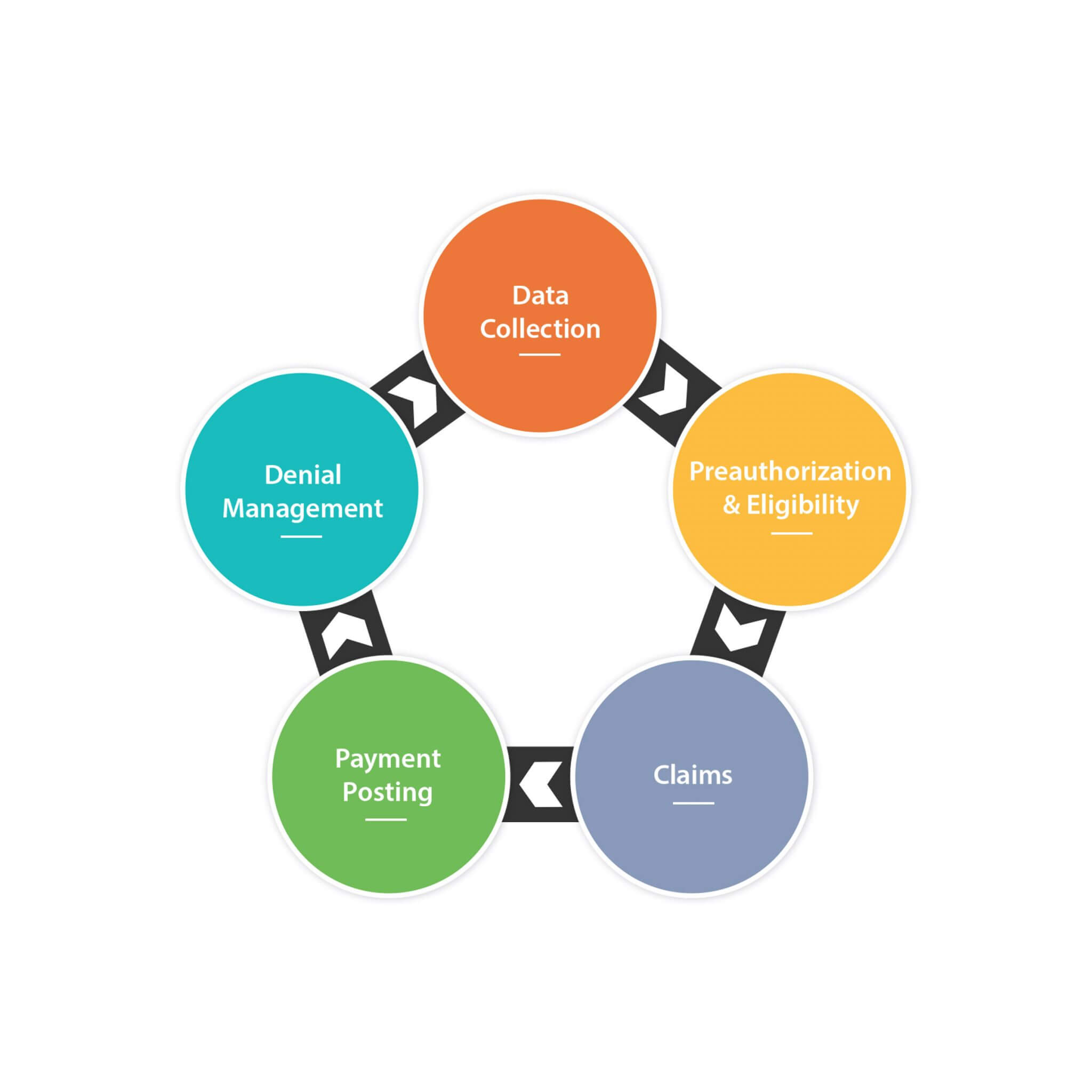
Five Keys to Financial Sustainability in Healthcare Revenue Cycle
Last Updated on October 20, 2022 by Kylie Morrison
The standard Healthcare Revenue cycle strategy is a time-consuming reimbursement procedure that typically entails extended contact between physicians, hospital personnel, and insurers, leading to delayed payments. Leaders in healthcare systems have concluded that it is time to abandon this archaic practice in favor of a more holistic strategy for health revenue cycle management.
To financially endure and ultimately flourish in the new baseline, health institutions must reconsider their revenue cycle strategy, particularly the importance of data in generating changes that contribute to long-term economic health.
Five Keys to Healthcare Revenue Cycle
Several healthcare facilities and hospitals already operate on razor-thin operating profits, with many losing money and depending on financial reserves to stay afloat. Furthermore, analysts predict an even more significant drop owing to lost volume and income as a result of COVID-19.
- Determine and Measure the Correct Metrics
Understanding what to monitor is the first phase in revenue cycle management. Identifying and monitoring the proper metric is the cornerstone of short- and long-term performance. Finance teams want to assess either revenue retention or unpayable accounts. Healthcare revenue cycle management services help you manage multiple moving pieces, making it easy to track every stage or handoff during a claim’s lifespan. Despite the challenge, health systems accomplish significant transformation when tracking every handoff across the process.
- Establish Clear Accountability
Accurate measuring enables specific responsibility. Transparent chains of accountability and reporting systems help management to identify who is answerable for which particular statistic and, as a result, who is driving that metric’s success. Identifying and evaluating the appropriate metrics is responsible for the health care system. Revenue cycle staff may monitor the performance of new treatments, make modifications as needed, and report directly to the leaders. Demonstrating accountability for the funds provided is needed. This can be done using a factual foundation of preformation metrics.
- Establish Consistent Workflows
Defined, standardized processes offer a consistent, disciplined strategy for every revenue cycle operation. Regardless of the source of access, the procedure should appear the same throughout the revenue cycle. Ensure that processes are well-documented and that teams execute the workflows appropriately to ensure successful handoffs throughout the revenue cycle. A unified, agreed-upon strategy also enables revenue cycle executives to teach employees more efficiently, assist them in grasping the procedure at a deeper level, and perform insurance eligibility verification. Recognizing the revenue cycle objectives at a top standard and how every person’s position fits into the overall picture enables executives across the organization to consider the whole revenue cycle in decision-making.
- Establish Key Performance Indicators
Sales cycle executives must understand that data and metrics do not equal insight. Data and measurements are essential for helpful information, but generating key performance indicators is an important intermediate step. KPIs help assist workers in identifying the facts that will influence decision choices. Managers should select KPIs based on relevance and corporate goals and implement KPIs to effect actual transformation. Another critical component of the KPI production phase is the creation of indicators for every operation at the operational level rather than only at the top standard. KPIs must target measures that will aid in issue-solving and driving change inside the workflow. KPIs will drive the majority of significant company decisions. Therefore, executives should examine them frequently and make informed choices.
- Recognize the Right Measurements at the Correct Location and the Right Time
When executives access the correct measurements, it can lead to genuine changes. A chief financial officer, for instance, maybe more concerned with overarching strategic metrics rather than operational indicators like bill changes or late-charge analytics. Still, a vice president or director-level executive may prefer to examine more specific and comprehensive data when making financial choices. Production metrics and rejection metrics that have been reversed can provide important operational information to a supervisor who can promote changes in that region. By providing the necessary measurements for the targeted position, the relevant information is made available to the person with the capacity to alter it.
Conclusion
As healthcare provision’s unknown destiny continues to impact revenue cycle management, healthcare systems require measures to preserve financial stability. Data and analytics give crucial insights for surviving COVID-19 and future administrative issues. It displaces the antiquated invoicing, coding, and collections model that excludes important departments which affect the health revenue cycle. Information and analytics are essential for successful, long-term revenue cycle administration, but optimization must go beyond that. Tracking the proper metrics, encouraging responsibility, establishing consistent procedures, and finding the relevant KPIs, all dependent on the appropriate information, are required for healthcare systems. This helps to improve their revenue cycle and generate more significant profit margins. Managers may focus on developing the best revenue cycle strategy with the correct processes that put data into practice.




